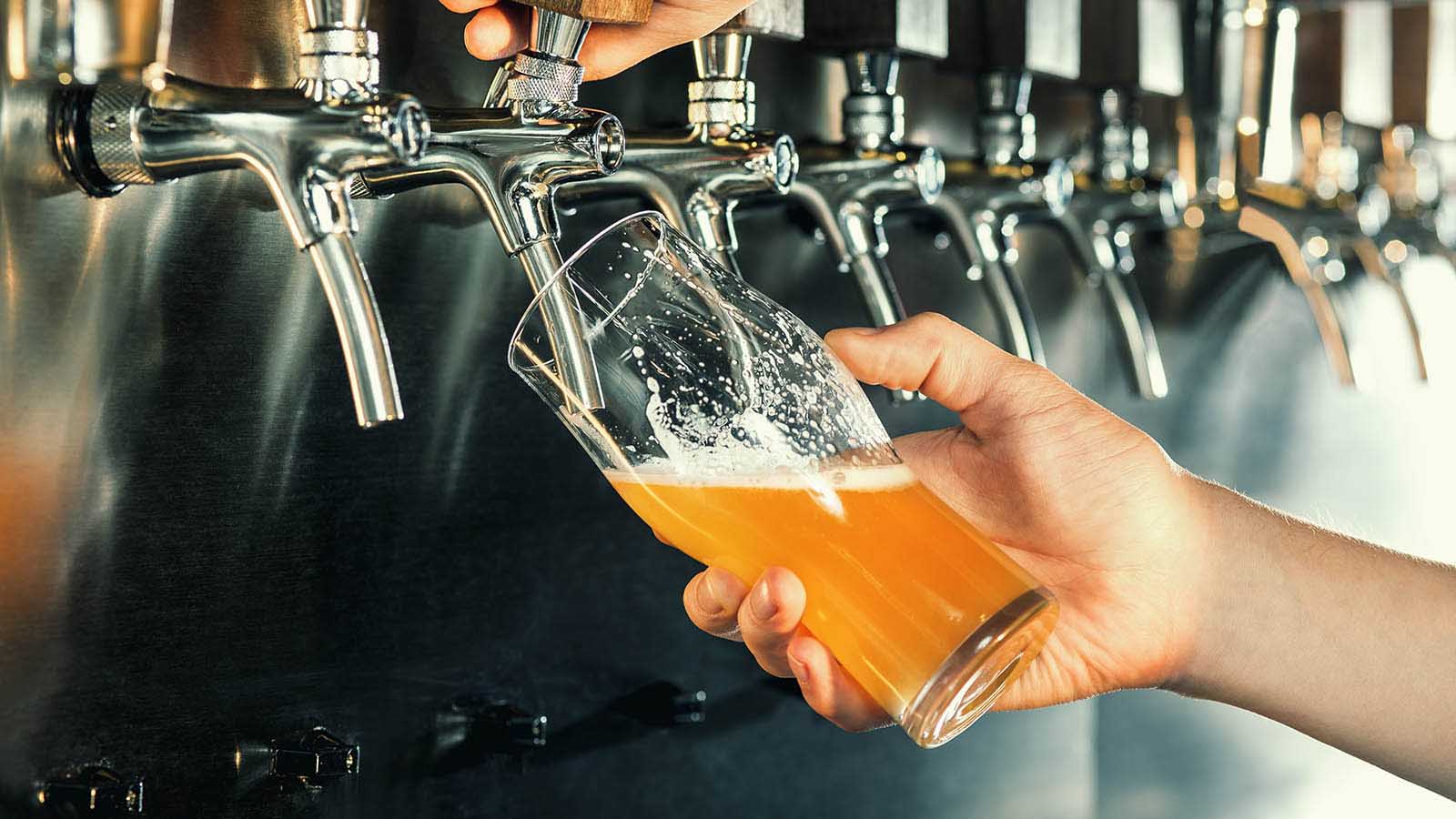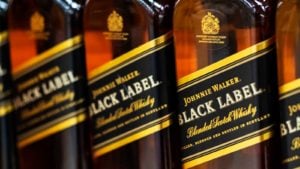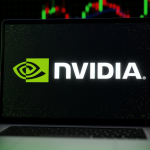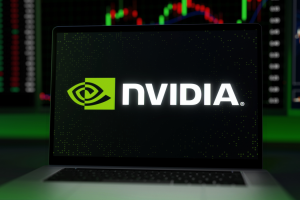
Halfway through August, it’s been a crazy summer for the beer industry. While painful to watch, the entire Bud Light brouhaha has brought into focus some of the best beer stocks to buy on the planet.
The Daily Mail published an article at the end of July discussing how Heineken (OTCMKTS:HEINY) deals with the ongoing polarization of society.
“You have to be thoughtful, you have to be balanced. And at the same time, you need to stand for your values and your principles. And we try to do that to the best of our abilities,” Heineken CEO Dolf van der Brink stated while appearing on CNBC Squawk Box Europe.
Conservatie newscasters have completely gotten it wrong about why Bud Light sales have cratered this summer. It’s all about Modelo taking control of big beer sales in the United States.
Beer’s best days could be behind it as spirits and wine continue to gain market share. However, I think beer will remain the beverage of choice for many drinkers worldwide.
Here are three of the best beer stocks to buy if you believe beer will always be popular.
Carlsberg (CABGY)

I thought about selecting Heineken over Carlsberg (OTCMKTS:CABGY). However, I couldn’t pass on this stock because I’ve visited Carlsberg’s main brewery in Copenhagen. It’s one heck of an impressive facility.
Carlsberg’s history dates back to 1847 when brewer J.C. Jacobsen founded the brewery in Copenhagen. Today, it has 140 brands and approximately 40,000 employees worldwide. Jacobsen named the company and its legacy beer after his son Carl. The two proceeded to compete against one another until reconciling in 1886.
Most people would be familiar with the Carlsberg beer brand. However, as I said, it has 140 brands, including other familiar names to Americans, such as Tuborg and 1664. It also owns the brand rights to Brooklyn Brewery in Europe and Asia. It acquired those rights in Feb. 2021 for $130 million.
It has three major goals for its portfolio throughout the next five years.
First, it will continue strengthening its premium beer business by growing its super-premium 1664 Blanc in existing and new markets — between 2016 and 2o22, the company increased the brand’s volume by 19% compounded annually — and growing Carlsberg and Tuborg in Asia. Secondly, it plans to strengthen its mainstream core beer brands. While they might not have the cachet of Carlsberg or 1664 Blanc, they account for 62% of its overall volume.
Lastly, it looks to expand both its alcohol-free brands and non-beer offerings. Its goal is to have low or no-alcohol beer account for 35% of its sales by 2030. Additionally, it looks to expand the Somersby cider brand in select markets worldwide. That last goal could be the one that delivers the biggest surprise in years to come.
In its latest fiscal year, Carlsberg had revenue of 70.3 billion Danish kroner ($10.3 billion) with 11.9 billion Danish kroner ($1.8 billion) in operating profits.
Constellation Brands (STZ)

Like many companies in the alcohol beverage industry these days, Constellation Brands (NYSE:STZ) does more than produce beer. I’m not just speaking about its failed investment in Canopy Growth (NYSE:CGC). As of May 31, that investment was valued at $142.7 million. It paid close to $4 billion.
Howevr, that’s water under the bridge.
So, in addition to Modelo, the nation’s top-selling beer, its other beer brands include Corona, Corona Light, Negra Modelo, Pacifico and others. In addition, it produces hard seltzers and malt beverages under the Corona brand. Its wine brands include Kim Crawford and Robert Mondavi Private Selection. Its spirits brands include Casa Noble and MiCampo tequilas, High West whiskey and Svedka vodka.
In the latest quarter ended June 30, its revenues were $2.52 billion, 6% higher than a year earlier. This is with $827 million in operating income, which was 4% higher than Q2 2023. The Modelo brand led the charge with 11% net sales growth. As a result of its strong growth, the company raised its 2024 guidance for earnings per share to $11.85 at the midpoint.
Its beer business accounted for 83% of its revenue in the second quarter. As Modelo goes, so too does Constellation Brands.
Diageo (DEO)

This last pick is a sneaky way to buy into the beer business.
Diageo (NYSE:DEO) is the world’s most preeminent spirits business. Its brands include Johnnie Walker Scotch, Captain Morgan rum, Bulleit bourbon, Smirnoff vodka, Tanqueray gin, Don Julio, Casamigos tequila and many others.
In Q2 2023, according to YouGov, Guinness was the most popular beer among Americans, chosen by 58% of the adults surveyed. The next highest was Corona Extra at 53% and Heineken at 51%. Bud Light came in 15th spot at 42%, tied with Miller Genuine Draft.
At a time when beer and wine are giving way to spirits, page 13 of Diageo’s 2023 annual report said so, Guinness sales rose by 9% in the past year, indicating that if you brew the right beer, many people will drink it.
Interestingly, it might not be a beer that makes Diageo such a great buy, but tequila. In July 2022, Barron’s published an article suggesting tequila might make the company recession-proof.
“The Mexican spirit, through its brands Don Julio and Casamigos, has generated a third of organic group sales growth over the past five years,” stated Barron’s contributor Brian Swint.
How did tequila do in 2023? Organic sales rose by 19%, joining Guinness as some of the strongest brands in its portfolio.
As for the analysts, it’s a bit of a mixed bag, with 11 out of 23 rating it as “overweight” or an outright “buy,” while eight have it as a “hold,” with four at “underweight” or an outright “sell.”
However, the median target price of $193.59 is 12% higher than where it currently trades.
On the date of publication, Will Ashworth did not have (either directly or indirectly) any positions in the securities mentioned in this article. The opinions expressed in this article are those of the writer, subject to the InvestorPlace.com Publishing Guidelines.





